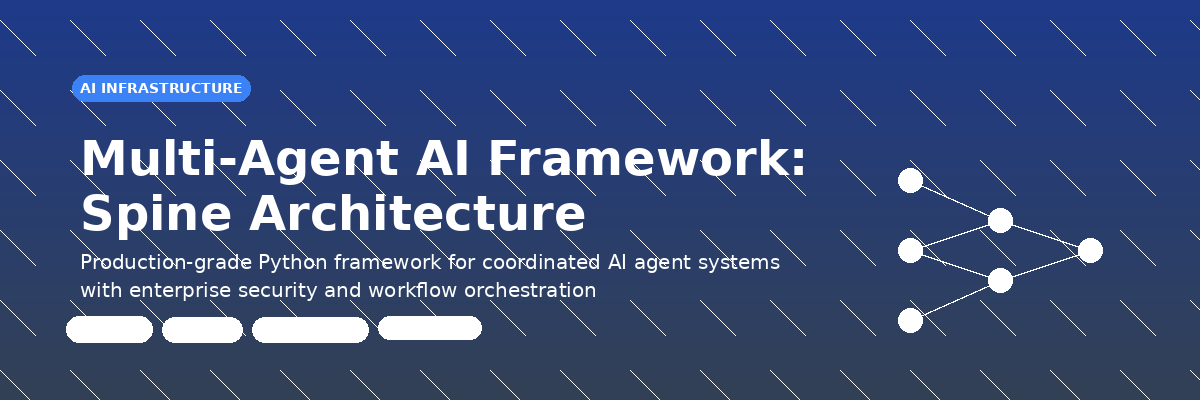Bandaids are one of the most expensive things a company does, operationally.
- We need to move more parts -> buy a forklift
- We need a CRM -> grab Pipedrive.
- We keep running out of metal -> get another furnace on order
- We need to track OEE -> load everything in this new software
- We need all POs to have addresses verified for every entry -> put them on the manager’s desk for approval
Making decisions based only on what you need now can lead to massive amounts of operational debt as you solve your current problems.
- Forklift: What if the inventory surge is a one-time thing?
- CRM: Does that software handle the marketing emails we want to do in 12 months?
- Furnace: What if we are going to gas furnaces when our new machine goes in?
- Software: Does that software enable you to export data for custom analysis or better software later?
- PO Process: Does that work as our order volume increases?
Operational debt can show up in decisions such as equipment purchased, software used, or processes employed.
What is Operational Debt?
Operational Debt is when you make a decision today… that makes it harder to make the right decisions later.
This can be because it becomes expensive, or time-consuming, or risky.
Avoiding these decisions as much as possible is the key to scaling your business with ease.
Here are some questions I always ask as I make day to day to decisions, that help minimize operational debt.
1. Is it a real need?
Often what is being requested isn’t even a need.
When the requester isn’t the builder or buyer… you can get some outlandish requests for non-needs.
2. Is it a temporary need?
Perhaps you are temporarily flush with inventory that is taking too long to move, hence a forklift request. Renting that forklift only for that one purpose, not getting constant full utilization use out of it is a very expensive mistake.
3. Will this scale?
The solution you are putting into place needs to scale as you grow.
Will your solution break as you increase volume 10x? 100x?
If we are getting 10x or 100x the purchase orders, a system that requires manager approval on all of them will not scale. It will quickly build up and prevent timely entry and thus planning.
For each process, purchase, or build - ensure you are always thinking if it will still work at 100x the volume.
4. How long will this solution last?
If it is 2 years, perhaps jump ahead to what you’ll need in the future. Otherwise, maybe hold off and deal with the pain of not having this solved yet.
The time, money, and training invested in short-term, temporary solutions can overwhelm an operation, and turn it into a place where you are always changing and training… and this exhausts a team.
5. How Interchangeable is this?
Sometimes the 100x solution is too expensive, or too time-consuming to implement now, but you need a solution. In this case, how easy will it be to switch later?
- Can I get my data out and import it elsewhere?
- Can I ship this equipment to another location or recover the majority of the value on re-sale?
- Is this process a smaller part of a bigger process we’ll need later, and thus helpful now?
All of these help you see if your current step will make your next steps harder or easier - and thus require more or less resources in the future.
You always want to set yourself up for an easier time for future you.
6. What are the resources required to implement?
What is the time, cost, and energy needed to implement the solution? Does it make sense given the pain you are currently experiencing and trying to solve?
Choosing solutions that require a lot of resources, only to be undone a year or two later can put a massive burden on the team. However, sometimes a solution is so quick and easy, that you can do it with little cost and time and scratch that itch until later.
7. What resources will be required to maintain this?
Maintenance can often be overlooked… for software, for equipment, and for processes.
Be sure to see how much work is required to upkeep the system or solution you are implementing. Your problem might just be creating new problems.
8. Does this get us towards our 20 Year Vision?
The biggest question of them all. Always do things that bring you closer to your ultimate vision for the operation. If you must deviate, minimize those deviations as much as possible in terms of the resources it will take you to get back in line.
Operational debt can accumulate from hasty decisions that don't consider long-term consequences.
By following these questions, you can make informed choices that minimize operational debt and lead your company toward sustainable growth. Through careful assessment of needs, scalability, interchangeability, and alignment with your vision, you can ensure that every decision contributes positively to your business's future success.




